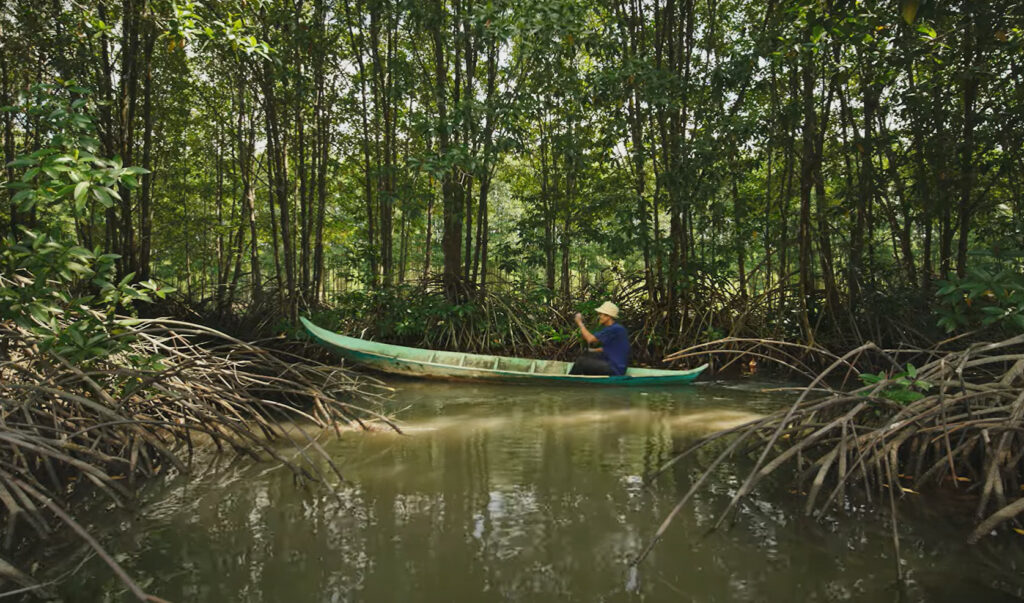The Diver: A Behind-the-Scenes Look at Latest GAA Film
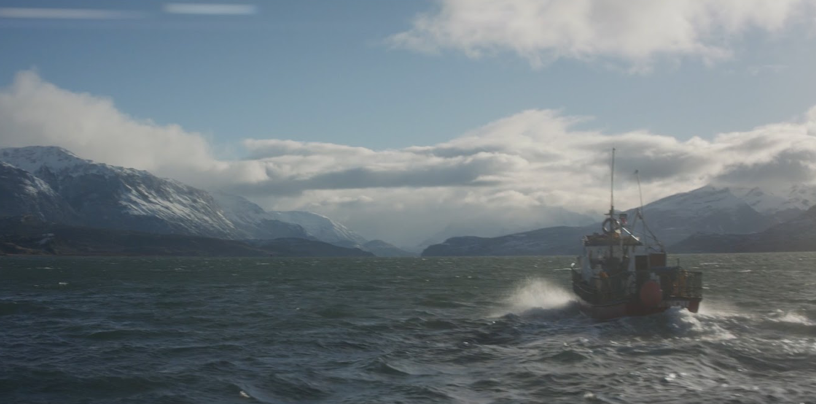 Established in 2016, GSA Films is a documentary short film series highlighting the untold stories of the people and places around the world practicing aquaculture. GSA uses film as a platform to show that the industry is driven by people we can all relate to. By telling practitioner’s personal stories, we can reduce stigmas and misconceptions surrounding the industry and hopefully inspire pride for the professionals having a positive impact in seafood.
Established in 2016, GSA Films is a documentary short film series highlighting the untold stories of the people and places around the world practicing aquaculture. GSA uses film as a platform to show that the industry is driven by people we can all relate to. By telling practitioner’s personal stories, we can reduce stigmas and misconceptions surrounding the industry and hopefully inspire pride for the professionals having a positive impact in seafood.
About the film and premiere
In 2019, GSA traveled to the southernmost, largest, and second least populated region of Chile – the Magallanes and Chilean Antarctica Region – to continue the series and film the sixth and latest installment of GSA Films. Filming took place at the southernmost tip of South America – colloquially known as ‘the end of the world’. Given recent public attention on aquaculture and as misconceptions continue to spread, GSA embarked on this project with the intention to share the story of one family man who struggled to find his place in the ever-fluctuating seafood workforce. Chile is an artisanal and commercial fishing hub, as well as one of the most diverse and thriving locations for aquaculture in the world.
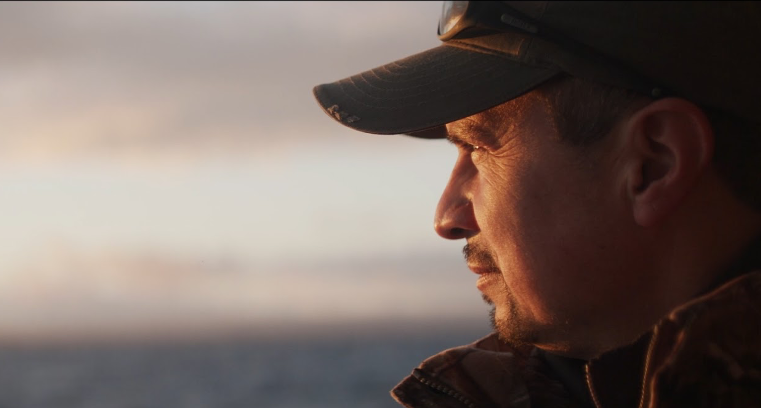 Chile’s cultural and scenic richness make it the perfect setting to show how wild-caught and farm-raised intersect to reveal a challenging but hopeful story for seafood and its workers.
Chile’s cultural and scenic richness make it the perfect setting to show how wild-caught and farm-raised intersect to reveal a challenging but hopeful story for seafood and its workers.
The film follows the story of Ulises, a sea urchin diver, as he navigates family, a changing climate, and the seafood industry.
Watch the full film above.
A behind-the-scenes conversation
Upon watching The Diver, GSA President George Chamberlain was compelled by Ulises’ story, and wanted to dig deeper with the film’s subject, Chilean diver Ulises. From watching the film, it is easy to recognize that Ulises is an authority on diving the waters of Chile, and he has great respect for nature, for the sea floor, and he knows it in a personal, profound way. Ulises, along with translator Adolfo Alvial, joined Mr. Chamberlain for a virtual interview this fall.
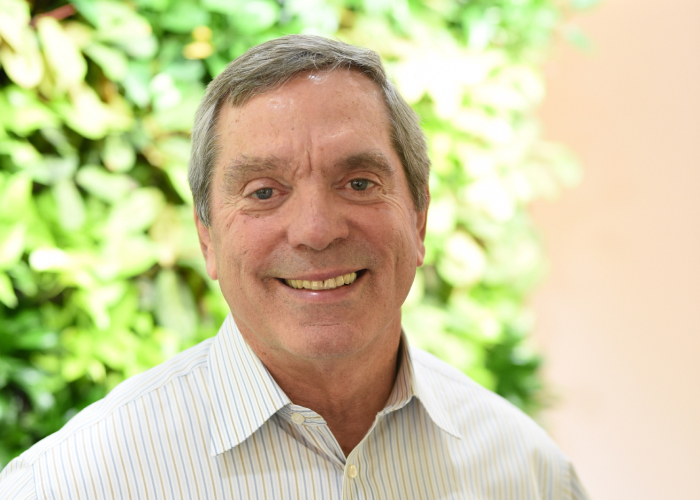 Mr. Chamberlain was curious about Ulises’ expert impressions of what the sea floor is like in and around the salmon cages, compared with natural waters. Ulises, who has many years of experience with artisanal sea urchin diving (a valuable resource in the Magallanes region of Chile) as well as more industrial salmon farm diving, was able to share his expertise in both fields and satisfy Mr. Chamberlain’s curiosity. The Magallanes region is one of the three southernmost regions of Chile, which are also the three regions with commercial aquaculture operations.
Mr. Chamberlain was curious about Ulises’ expert impressions of what the sea floor is like in and around the salmon cages, compared with natural waters. Ulises, who has many years of experience with artisanal sea urchin diving (a valuable resource in the Magallanes region of Chile) as well as more industrial salmon farm diving, was able to share his expertise in both fields and satisfy Mr. Chamberlain’s curiosity. The Magallanes region is one of the three southernmost regions of Chile, which are also the three regions with commercial aquaculture operations.
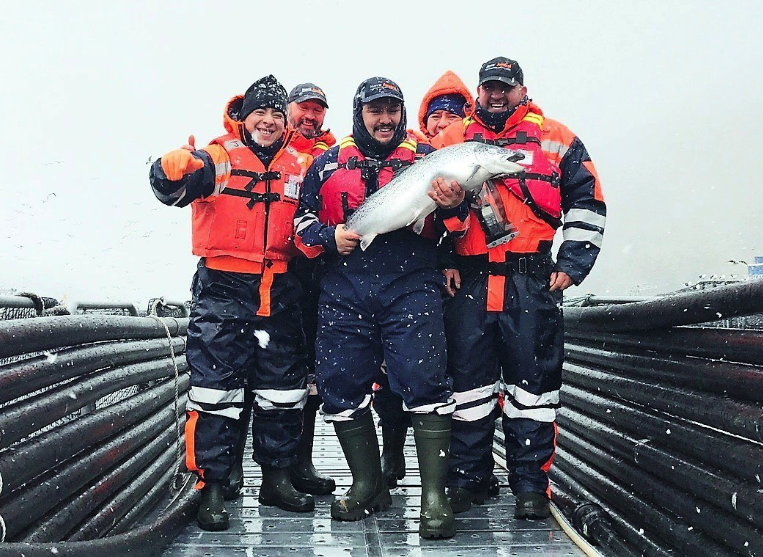 To start off the conversation, Ulises brought up a point he mentioned in The Diver – that it is impossible for any industry to have zero impact on its surroundings, and the seafood industry is no exception to that. With that, he gave some background information on the history of the aquaculture industry in the area. When the aquaculture industry was first growing in southern Chile, companies in general did not consider the capacities of bodies of water, leading to overexploitation. There was not enough regulation and enforcement, negatively contributing to the environment and the public’s image of the industry, particularly in the Chiloé area.
To start off the conversation, Ulises brought up a point he mentioned in The Diver – that it is impossible for any industry to have zero impact on its surroundings, and the seafood industry is no exception to that. With that, he gave some background information on the history of the aquaculture industry in the area. When the aquaculture industry was first growing in southern Chile, companies in general did not consider the capacities of bodies of water, leading to overexploitation. There was not enough regulation and enforcement, negatively contributing to the environment and the public’s image of the industry, particularly in the Chiloé area.
Watch the full interview above.
Today, that’s corrected, it’s not possible to operate the way they did in the past. Thanks to regulations, and in large part, thanks to the communities’ involvement with voicing their concerns about environmental impact, companies are motivated to approach their operations differently, with more environmental precautions and considerations.
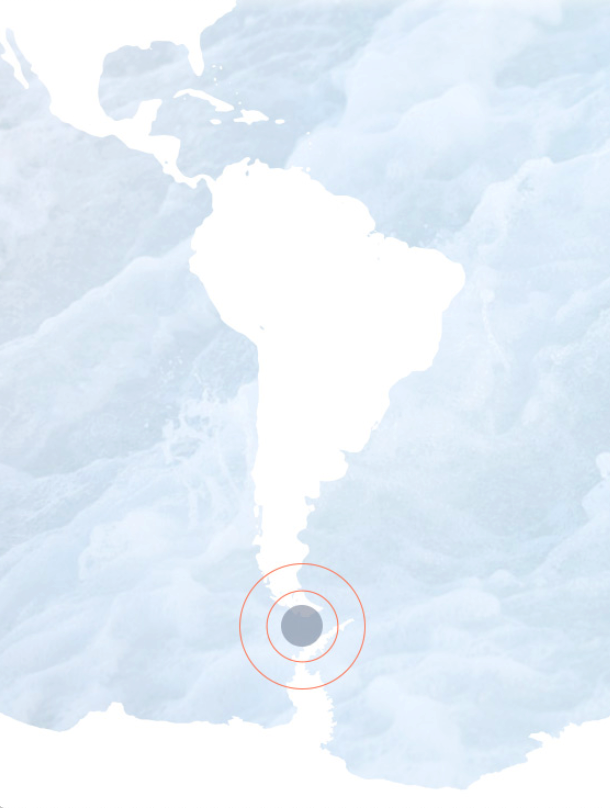 As for Chamberlain’s more specific question about the sea floor, Ulises shared that the bottom below the cages has been strongly affected, but that’s immediately below the cages, where excess feed and feces ends up. He emphasized that this is not the case for around the cages. The situation remains as it was before the industry began growing in this area. This is especially the case for Magallanes, which is not the same in Chiloé because there were not enough controls early on. The industry was not taking care of the problems they were facing. Ulises has been diving in areas where there has been no human interaction at all: pristine, untouched, so he has a clear idea of what areas look like that haven’t had any intervention. When he moved from the artisanal activity to be a part of the salmon industry, he saw that the impact of the industry has been minimal. Except for the areas affected by more feed and feces, there is almost no impact at all, in general.
As for Chamberlain’s more specific question about the sea floor, Ulises shared that the bottom below the cages has been strongly affected, but that’s immediately below the cages, where excess feed and feces ends up. He emphasized that this is not the case for around the cages. The situation remains as it was before the industry began growing in this area. This is especially the case for Magallanes, which is not the same in Chiloé because there were not enough controls early on. The industry was not taking care of the problems they were facing. Ulises has been diving in areas where there has been no human interaction at all: pristine, untouched, so he has a clear idea of what areas look like that haven’t had any intervention. When he moved from the artisanal activity to be a part of the salmon industry, he saw that the impact of the industry has been minimal. Except for the areas affected by more feed and feces, there is almost no impact at all, in general.
In spite of the impact below the cages, which is still important, the areas around this are okay, natural, intact, and in general terms the industry in Magallanes is making absolute minimum impact on the environment, in general. Since the companies have been much more careful, they have been more successful in keeping the environment pristine beyond the cages in the Magallanes area. They have avoided impact on the environment as much as they possibly can.
Conclusion
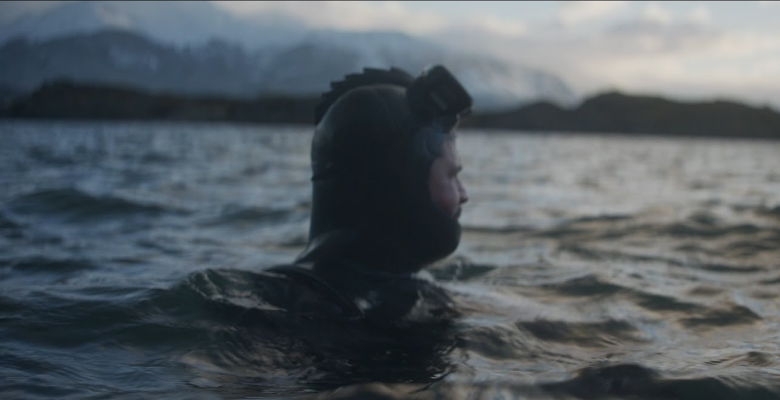 Since its inception four years ago, GAA Films has released five episodes highlighting these unique stories. From trout farming in rural Mexico, to mussel farming on the coast of Maine, and from a multi-generational family-owned oyster farm in Ireland, to young fish farmers in the tropical waters of Hawaii, and more recently, a mother-daughter shrimp farming duo in Indonesia – aquaculture is diverse, and salmon farming in Chile is sure to be a compelling addition to the series.
Since its inception four years ago, GAA Films has released five episodes highlighting these unique stories. From trout farming in rural Mexico, to mussel farming on the coast of Maine, and from a multi-generational family-owned oyster farm in Ireland, to young fish farmers in the tropical waters of Hawaii, and more recently, a mother-daughter shrimp farming duo in Indonesia – aquaculture is diverse, and salmon farming in Chile is sure to be a compelling addition to the series.
Films from the series have been accepted to 13 International Film Festivals, with two awards in environmental categories.
GSA Films collaborated with Timber + Frame Media, an EMMY award-winning video production company, to create GSA Films’ most intimate and pertinent film yet.
Watch previous episodes of GAA Films.
Big thanks to Adolfo Alvial and Ulises for your interview and your time. We admire the work you both do every day. *Disclaimer: all points from this article are solely from Ulises’ perspective as an individual seafood worker.


